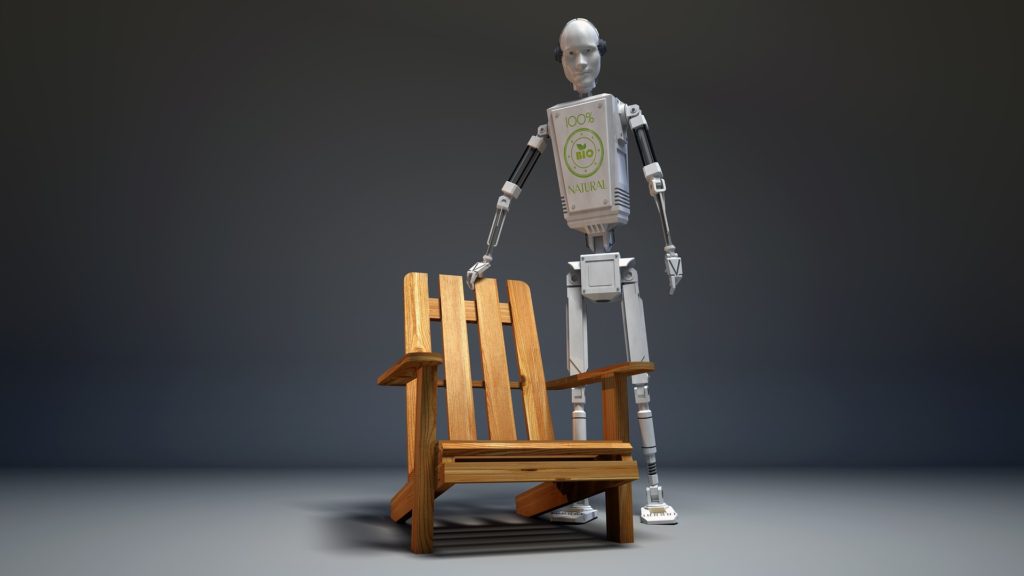The Challenges of Robot Adoption
Blog: Apriso Blog
With the new experience economy, made-to-order is becoming a way of life for consumers. To meet this increasing demand in volume and variety, manufacturers need advanced production systems to keep pace. With new robot technologies being introduced, and as production systems are becoming more and more flexible, and as robots are being more widely adopted in different industries, robot manufacturing systems are becoming more and more complex.
Robotic manufacturing processes, with their clear advantages of speed, cost reduction, and accuracy, are being widely adopted for a broad range of production needs. But robot integrators frequently find it challenging to deliver material handling, arc welding, spot welding, coating, or drill and riveting programs that work with certainty on the first run. When robot programming is not part of the design phase, programmers are forced to implement fixes and workarounds on the shop floor. Costs escalate and the production cycle time grows.
THE CHALLENGES FACING ROBOTIC WORKCELL PROGRAMMERS
Increased Complexity
Robot processes are inherently complicated, considering all the signaling and peripheral equipment and tooling. Some of the latest developments in robot technology make it even more difficult for robot programmers. Multi-armed robots, for instance, introduce a new layer of flexibility and complexity to the work cell. Programming multiple robots and multiple robot arms are extremely challenging on the shop floor. It increases the amount of risk to the product, tooling, and project schedule. To further complicate work cell operations, the individual applications themselves add their own inherent complexities.
Spending time on the shop floor
Many variables can complicate robot programming, from changing part or tool designs to the number or type of fasteners or unreachable robot locations, such as pick-ups or drop off points. Coupled with stringent cycle time requirements, programmers cannot really be sure how a robot or tool will perform until the initial check can happen on the shop floor. At this point in time, it is very late in the project. When design or programming changes are needed, validation turns into a hands-on trial-and-error process. While product designers and tool builders develop fixes, time slips away, and project costs escalate.
Lost production time
When robots are running production, stopping production to implement a change results in an immediate loss of productivity. Without the tools to validate the changes before taking the robots offline, every change made is risky. Unexpected problems can lead to a lengthy production stoppage or even tool breakage. In this case, it is the unknown that will cause catastrophe.
Expensive shop floor damage
When work cells are validated on the shop floor, accidents can happen. Collisions are costly. Some of them happen because programmers lack first-hand knowledge of the physical process; they may not have knowledge of how the tool operates, hence they are working without being able to see the results. If significant damage occurs to tooling during the build phase, the project timeline is lengthened and the tooling costs go up. If the damage happens during a change of tools or process during a production run, a temporary fix may need to be implemented to resume production at a significant loss of throughput.
The need to fine-tune work cell performance
To optimize task assignments of multiple robots, programmers need to equalize the task load across robot resources so no robot is overutilized or underutilized. Balancing weld spots between robots, for example, can significantly increase throughput for manufacturers – but this is a time-consuming challenge for the robot programmer. Locating an underutilized resource to balance with can take up a lot of time and may result in a lot of trial and error with no real success.
Leave a Comment
You must be logged in to post a comment.








